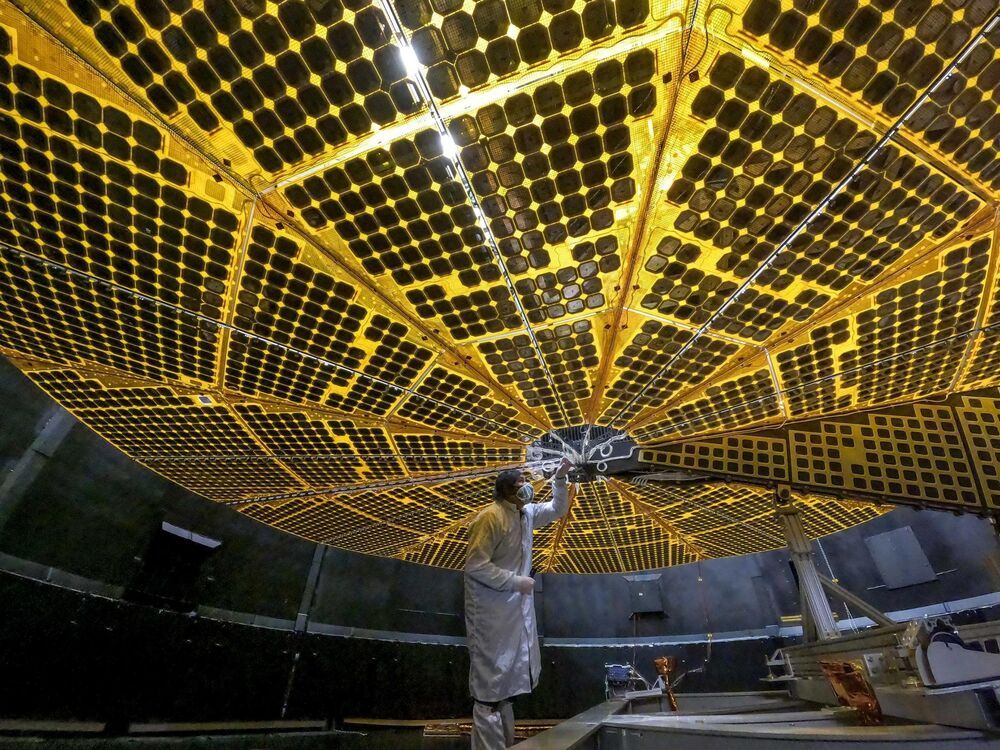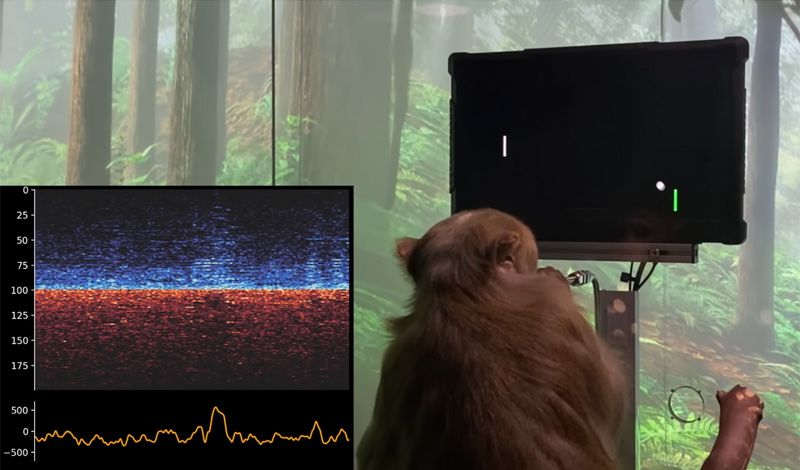MediaTek and Qualcomm may be the dominant players in the 5G smartphone SoC sector, but Chinese phone vendors Oppo and Xiaomi are mounting a challenge by developing their own chips. Shortages plaguing the semidoncutor industry are sending firms scrambling for supply. NOR flash chipmakers say that more of their clients are now willing to strike long-term supply contracts. For backend firms, demand from MCU clients remains robust.
Unisoc, Oppo, Xiaomi gearing up for new 5G mobile chips roll-outs: Oppo and Xiaomi will introduce their in-house-developed sub-6GHz 5G chip solutions between late 2021 and early 2022, joining fabless chipmaker Unisoc in competing against chip vendors such as Qualcomm and MediaTek, according to industry sources in Taiwan.
NOR flash chipmakers see more customers eager for long-term deals: Taiwan-based NOR flash chipmakers have seen more of their clients eager to strike long-term supply agreements, according to industry sources.







